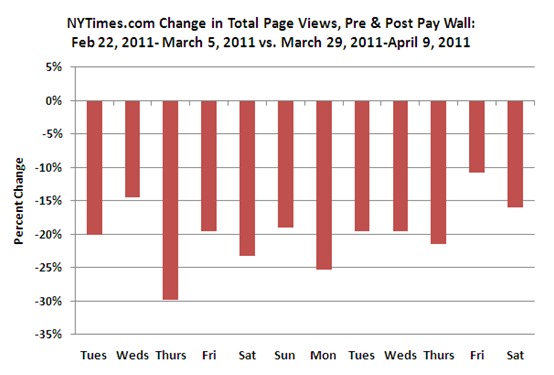Yes, I’m kind of mixing a couple of stories here, but two interesting things happened today in New York Times land.
First, the venerable newspaper launched a new digital subscription for Opinions only, and second, columnist Maureen Dowd got really, really high (and lived to tell the tale!).
The New York Times has focused their paywall options to allow readers who presumably only care about the various op-ed columns the paper regularly publishes to gain all access. For $6 a month, the new nytOpinion option gives you access to the full Opinion section online and on the new iOS app, as well as “curated commentary from around the globe and new features like Q&A with columnists.”
If you jump on it now, they’ll let you have your first three months for just $0.99.
And if you do, you can (hopefully) expect more articles like this.
In Don’t Harsh Our Mellow, Dude, veteran columnist Maureen Down shows why you should always ask someone who knows about the drug you’re about to ingest, before you ingest said drug.
Dowd flew up to Denver to sample the newly legal cash crop, and didn’t have a great time. Edibles can be tricky, Maureen.
For an hour, I felt nothing. I figured I’d order dinner from room service and return to my more mundane drugs of choice, chardonnay and mediocre-movies-on-demand.
But then I felt a scary shudder go through my body and brain. I barely made it from the desk to the bed, where I lay curled up in a hallucinatory state for the next eight hours. I was thirsty but couldn’t move to get water. Or even turn off the lights. I was panting and paranoid, sure that when the room-service waiter knocked and I didn’t answer, he’d call the police and have me arrested for being unable to handle my candy.
I strained to remember where I was or even what I was wearing, touching my green corduroy jeans and staring at the exposed-brick wall. As my paranoia deepened, I became convinced that I had died and no one was telling me.
Good lord.
It was only the next day that she thought to ask someone about how much she should eat, considering she was a novice.
The rest of the op-ed…well, you can go read it yourself–unless you’ve already used up your free views for the day. With the new Opinions only subscription option, this won’t be a problem.
I can’t wait for Thomas Friedman’s op-ed on that huuuuge bong rip that completely changed his thinking on globalization.
Image via Wikimedia Commons






